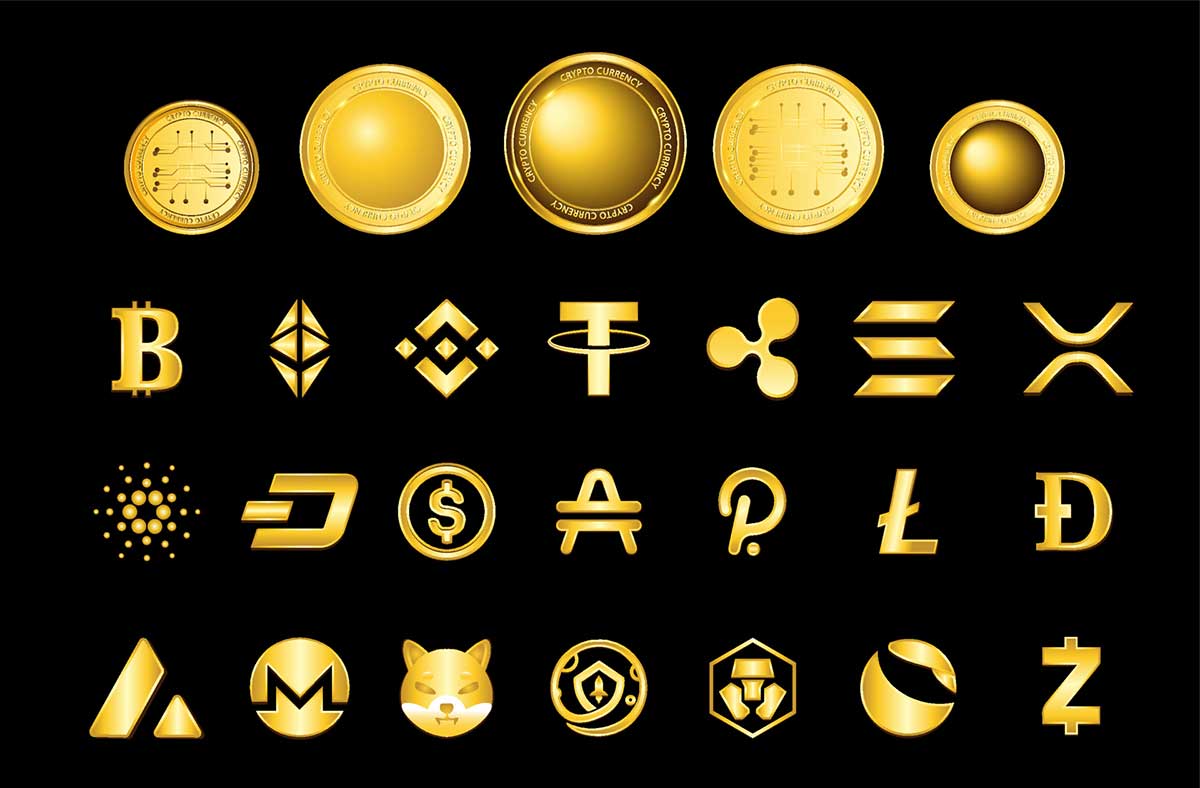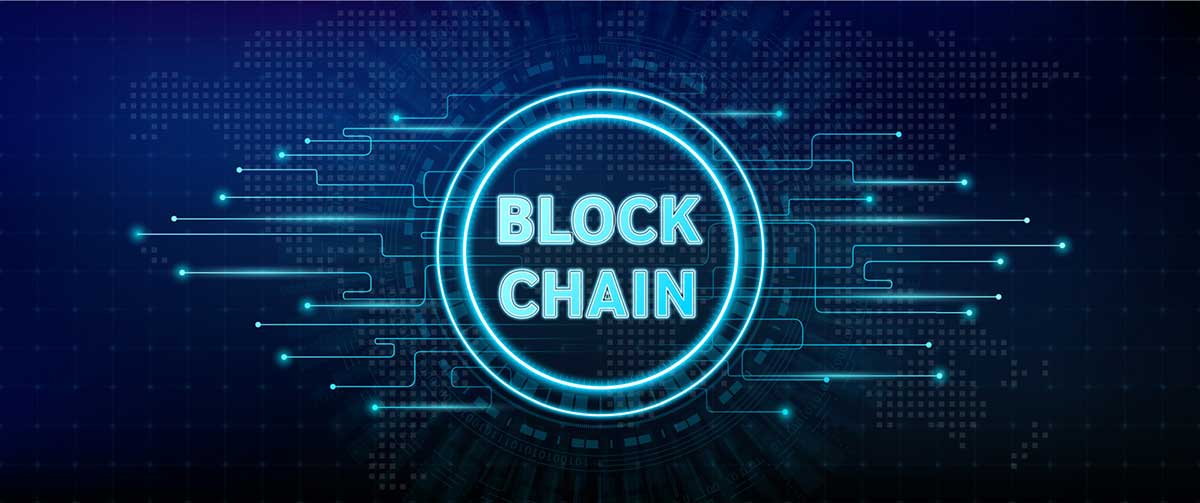Unveiling the Mystery: Where is the Blockchain Stored?

The blockchain is stored in a distributed ledger which is shared across a network of computers. The data contained in the blockchain is secured through cryptography and distributed consensus protocols. This allows the data to be immutable, meaning it cannot be tampered with or changed once it has been added to the chain.
Each node on the network stores its own copy of the ledger and they all communicate with each other in order to validate any new information that is added to it. Thus, no single entity can gain control over the entire system as there are multiple copies held by different nodes across various geographical locations.
The blockchain is often thought of as an intangible, mysterious entity. But where does it actually live? The answer lies in the distributed ledger technology (DLT) that underlies the blockchain — a network of computers that store and track data securely and transparently.
At its core, the blockchain is stored on millions of computers across the world, each one containing a copy of all transactions ever made with this technology. This ensures that no single entity can control or manipulate data without consensus from other users on the network. By decentralizing storage and management of information, blockchain technology provides a level playing field for digital assets and removes barriers to entry like expensive overhead costs associated with traditional systems.
Unveiling the Mystery of Ethereum: The Blockchain Platform You Need to Know!
Where is Blockchain Actually Stored?
Blockchain technology is a revolutionary advancement in data storage and digital asset management that has the potential to revolutionize many industries. But where is blockchain actually stored? The answer depends on the type of blockchain being used, but broadly speaking, it’s stored over a distributed network of computers and nodes known as a “ledger.”
This ledger is constantly updated with new transactions or blocks, which are then validated by all participants on the network before they can be added to the chain. Each node stores its own copy of this ledger and works together with other nodes to ensure accuracy and security. By using cryptography, each block contains an encrypted version of all previous blocks within it, creating a unique chain that cannot be tampered with or altered without significant effort from attackers.
This makes it virtually impossible for anyone to manipulate blockchain records or access confidential information stored within them without authorization from those in control of the system.
How Do I Retrieve Data from Blockchain?
Retrieving data from a blockchain is not as difficult as it may seem. In fact, there are several different ways to extract or access the information stored on blockchain networks. The most convenient and straightforward method for retrieving data from a blockchain is through an application programming interface (API).
An API allows developers to connect their applications directly to the underlying network, allowing them to read and write data onto the chain without having to manually parse transaction records and blocks. Additionally, some blockchains provide web-based user interfaces that allow users to retrieve specific pieces of information such as transactions, accounts balances, and smart contract codes. These interfaces can be used in combination with APIs in order to build more sophisticated applications that interact with the underlying ledger.
Finally, there are third party services that offer additional features such as searching capabilities within large datasets stored on public blockchains. With these tools, users can quickly locate specific pieces of information by making queries based on keywords or other criteria provided by the service provider.
How is Blockchain Recorded?
Blockchain is a distributed ledger technology which records and stores data in an immutable and transparent way. The entire blockchain network is public, meaning that anyone can view the contents of the chain at any given time, though no one person or organization owns it. In order for information to be added to the blockchain, it must first be verified by all members of the network before being recorded into blocks.
These blocks are linked together using cryptographic principles, creating a secure chain of transaction history that cannot be altered without invalidating each block’s signature. This makes blockchain transactions virtually impossible to tamper with once they have been created and stored on the ledger – making them ideal solutions for sensitive financial operations like cryptocurrency transfers or other types of digital asset management systems.

Credit: nypost.com
Where is the Ethereum Blockchain Stored
The Ethereum blockchain is stored on thousands of computers around the world, which are all connected to one another in what is known as a peer-to-peer network. This means that every computer stores a copy of the entire blockchain and works together to ensure its accuracy and security. With this decentralized system, no single entity has control over the blockchain or access to user data.
Where is Blockchain Located
Blockchain is a distributed ledger technology (DLT) that does not exist in a single physical location. Rather, the data is stored across multiple nodes or computers on a network, all of which need to agree before any new information can be added or existing information can be changed. This makes it difficult for hackers to access and manipulate the data as they would with traditional databases.
As such, blockchain provides heightened security and privacy benefits compared to other forms of digital storage.
How are Transactions Stored in Blockchain
Transactions stored in blockchain are securely recorded and maintained with cryptographic techniques. Each transaction is publicly available and immutable, meaning that once it has been added to the blockchain, it cannot be removed or changed. Transactions are verified through a consensus algorithm and then grouped into “blocks” which are linked together using cryptographic hashes to form an “immutable chain of blocks” known as the blockchain.
This makes tamper-proof records of all transactions taking place within a given system; providing users with greater security, transparency, reliability, trustworthiness and scalability than traditional methods of data storage.
Is Blockchain Stored in Database
Blockchain technology is not stored in a traditional database. Rather, the data associated with blockchain transactions is stored on thousands of computers around the world, which makes it highly secure and virtually impossible to hack or tamper with. This decentralized network helps ensure that all records are accurate and up-to-date without needing a third party to manage them.
Blockchain Example
Blockchain technology is an example of a distributed ledger system that records and verifies digital transactions. It is secure, transparent, and immutable as each block in the chain contains a cryptographic hash of the previous block, timestamp, and transaction data. This ensures that all transactions are securely stored on the blockchain and cannot be modified retroactively without changing all subsequent blocks.
Blockchain can be used in various applications to ensure transparency, traceability, and immutability of data such as financial services, cryptocurrency trading platforms, voting systems or supply chains among others.
How Blockchain Works Step by Step
Blockchain technology is a revolutionary new way of storing and transferring data. Blockchain works by creating an immutable digital ledger of transactions that can be shared among multiple computers. The ledger is secured using cryptography, which prevents any unauthorized changes to the records stored on it.
Each transaction also has its own unique cryptographic signature, ensuring that all transactions are valid and traceable. By utilizing peer-to-peer networks for further security and decentralization, blockchain allows for secure and transparent financial transactions without involving a third party or central authority.
In the Context of Blockchain What is a Chain
A chain in the context of blockchain is a linear sequence of blocks that contain data, including cryptographic hashes linking each block to its predecessor. Each block contains a timestamp and transaction data, which forms an immutable record. This distributed ledger can be seen as a single source of truth across multiple computers and organizations with no central authority needed for validation.
The decentralized nature of blockchain technology makes it incredibly secure and reliable due to its consensus-based approach.
How Does Blockchain Work
Blockchain technology is a digital ledger system that records and stores data in a secure, distributed environment. It works by using cryptography to create an unalterable record of transactions between two parties. The transactions are grouped into blocks, which are then linked together cryptographically to form a permanent chain that cannot be tampered with or manipulated.
This makes it virtually impossible for anyone to modify the information stored on the blockchain without being detected. In addition, all participants in the network have access to view and verify the data stored within each block, so any changes can be quickly identified and corrected if necessary.
Conclusion
This blog post has explored the mystery of where blockchain is stored. We now know that it is a distributed ledger, meaning it can be stored in multiple locations at once and not just one central location. The decentralized nature of blockchain ensures its security and makes it nearly impossible to alter or corrupt the data.
It also enables greater transparency and trust between users on a network. Blockchain technology will continue to evolve as more applications are developed for this revolutionary new digital infrastructure.







